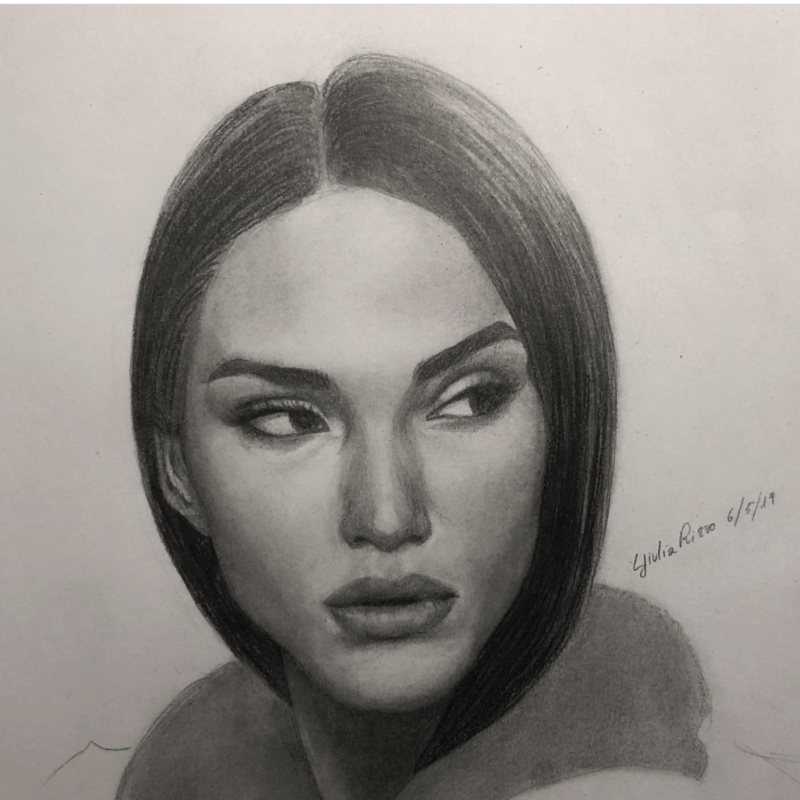Summer often draws attention to the appearance of the buttocks—but results from aesthetic treatments are not always satisfying.
When buttocks are flaccid, enlarged by excess fat, or affected by cellulite, traditional methods can be quite effective:
- Targeted gym exercises
- Deep, vigorous massages (often combined with mesotherapy, lipolytic or anti-cellulite treatments, and firming protocols)
- Liposculpture
But what about flat, square, elongated, lateral-deficient, or sagging buttocks?
The buttocks are primarily composed of muscle, so specific exercises are always the first and most essential approach. These muscles are covered by a variable layer of fat, which also plays a role in contour.
Traditional techniques to enhance buttocks include:
- Hyaluronic acid fillers – medium-term results, but absorption and migration often occur over time
- Prosthetic implants – effective initially, but prone to displacement in the following years
- Autologous fat grafting (lipofilling) – can restore lost volume but rarely modifies projection or shape in a lasting way
The Morphodynamic Cosmetic Surgery approach is fundamentally different.
Rather than inserting material, it focuses on modifying gluteal muscle dynamics to achieve gradual and permanent changes in:
- Firmness
- Lifting (buttock elevation)
- Projection
- Shape
By applying the principles of Morphodynamic Cosmetic Surgery, it is possible to increase projection and tone permanently using only minimally invasive methods. Complementary autologous fat grafting can then be used for additional contouring and tissue vitality—always with results that remain natural and harmonious.


